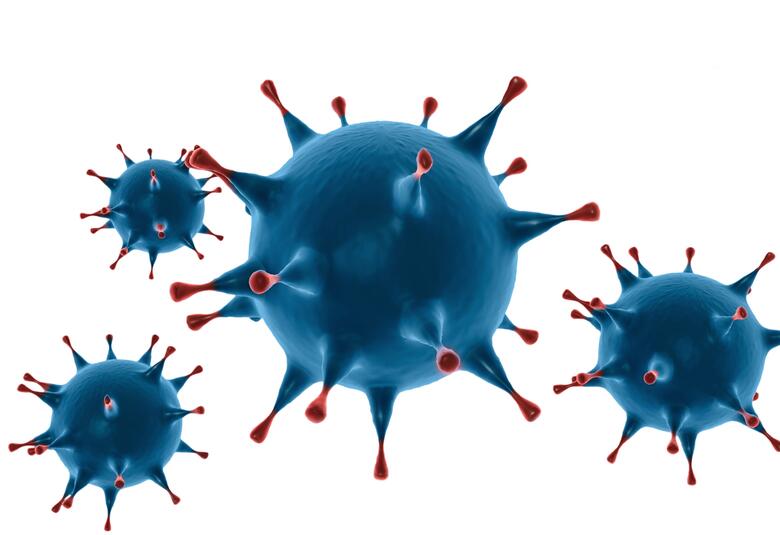Weight loss and exercise increase benefit for mental health, but are difficult to achieve. The physiological changes that underlie their benefit suggest new potential pharmacological targets as we seek to translate increased understanding into improved real-world outcomes for patients.
Inadequate restoration of everyday function – including cognitive performance, the slow onset of efficacy of traditional antidepressants, and the major problem of suicidal ideation and behaviour – these were three unmet needs identified by Roger McIntyre, Mood Disorders Psychopharmacology Unit, University of Toronto, Canada, in his introduction to the EPA 2019 session on new targets for intervention.
We have probably come as far as we could have with the monoamines, he suggested. But we are uncovering fascinating links between mood disorders and metabolic dysfunction, inflammation and accelerated aging, which suggest entirely new avenues of therapeutic endeavor.
Exciting links with insulin and obesity
People with higher body mass index have alterations in their brain connectivity; and people who are obese show altered expression of insulin and dopamine genes in their prefrontal cortex.1,2
There is a high prevalence of inflammation in depression
Insulin is an endogenous monoamine oxidase inhibitor and a brain trophic factor, and insulin resistance is seen in mood disorders. People with type II diabetes and obesity have significantly impaired cognitive functions.3
There is a high prevalence of inflammation in depression. It is association rather than causation, but depressed patients have high levels of cytokines, such as interleukin 64 ; and inflammatory cytokines can induce depressive symptoms and activation of the hypothalamic-pituitary-adrenal axis.
So there may also be a link between inflammation and mood disorders, perhaps with accelerated aging – and telomere shortening – at its heart.5
Impaired cognitive functioning in MDD and bipolar disorder may be mediated partly by deficits in insulin signaling
If these ideas are correct, we may be able to repurpose treatment used for hyperglycemia and inflammation as agents for treatment of mood disorders. There is early evidence that this idea is bearing fruit, but it is likely that efficacy will not be universal, but dependent on patient biotype.
The topic of new targets was taken up further by Peter Falkai, Psychiatry and Psychotherapy Clinic, University of Munich, Germany, who turned the focus to schizophrenia, and presented evidence that physical activity can lead to neurogenesis in the hippocampus, greater synaptic plasticity and improved learning.
This is not to say that exercise is the answer, he said. But its effects open a window on pathophysiology that we may be able to exploit more widely.
Looking beyond dopamine
The effect of exercise – particularly increased hippocampal volume -- opens a window on a different approach
Around 40-50% of patients with schizophrenia benefit from a consistent program of aerobic exercise. This benefit seems to be mostly in improvement of negative symptoms and cognitive functioning. Exercise appears to exert its benefits through restoring disturbed plasticity. In mice, exercise enhances performance in the water maze and induces neurogenesis.
To further explore this effect in patients, Professor Falkai and colleagues studied twenty people who had suffered from schizophrenia for ten our more years. Six weeks of sustained aerobic endurance training (using a bicycle ergometer three times a week for thirty minutes) plus twice-weekly use of a computer-assisted cognitive remediation program led to a significant 20% increase in global functioning.6
There was also significant improvement in severity of negative symptoms, cognitive performance, social/leisure activities and household functioning.
A control group of patients, who also had cognitive remediation but played table football instead of taking aerobic exercise experienced a cognitive benefit but did not show improvements in global functioning.
Antipsychotics help 60-80% of patients reducing their positive symptoms; and many achieve a good functional outcome. The 20-40% who do not respond well to existing agents could perhaps be helped by treatments that had a mechanism of action different to – or at least going beyond – D2 blockade.
Schizophrenia can be seen as a disorder of impaired neural plasticity
Resetting the disturbed balance of excitatory-inhibitory synaptic interplay may aid cognition and reduce negative symptoms.
Polymorphisms in the neuregulin 1 (NRG1) gene are associated with enhanced risk of schizophrenia. Professor Falkai and colleagues have suggested that; this is caused by excessive signaling in the NRG1-ERBB4 pathway, which should therefore be considered a potential therapeutic target.7
Our correspondent’s highlights from the symposium are meant as a fair representation of the scientific content presented. The views and opinions expressed on this page do not necessarily reflect those of Lundbeck.




